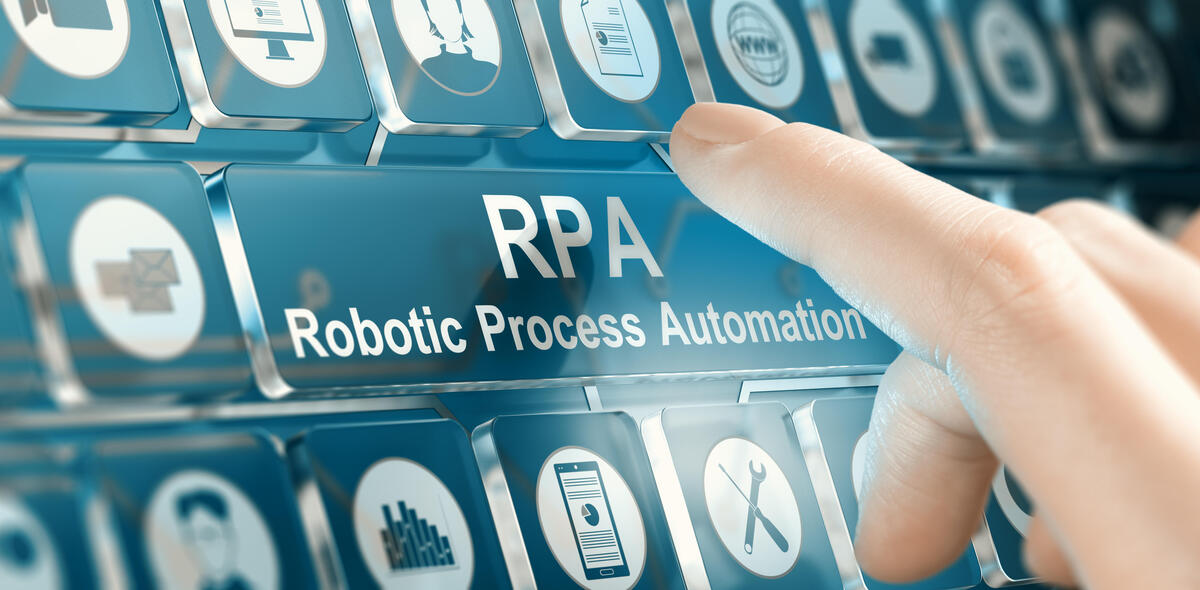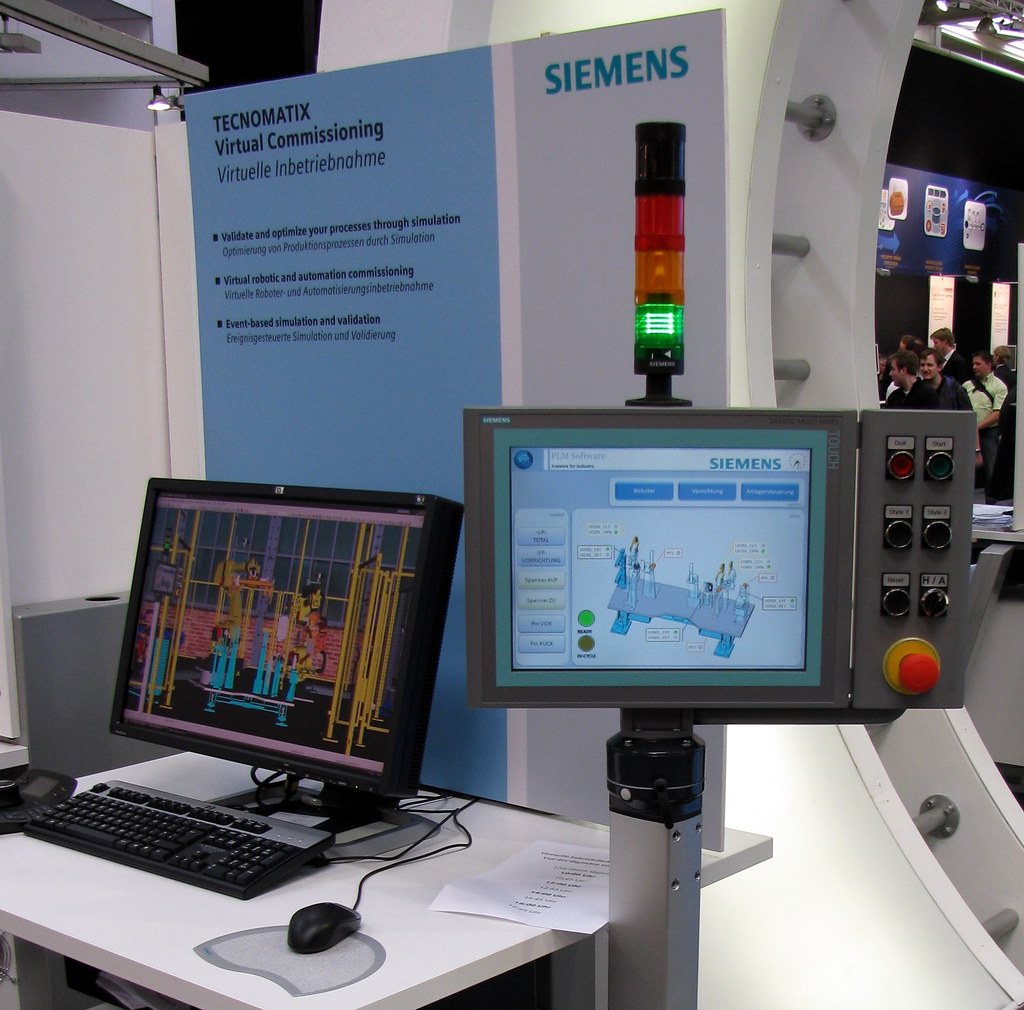Difference Between RPA and RDA
In today’s technology-driven digital era, businesses are constantly looking toward fast, efficient delivery by limiting human actions on certain mundane tasks. Robotic Process Automation (RPA) is a fastest growing technology that’s considered as the first step towards automation of business processes. RPA helps enterprises or organizations automate their business processes by replicating human actions on computers, thereby increasing business productivity and limiting the human actions on repetitive, mundane tasks. RPA brings a level of automation that is much more advanced and evolved that the previous automation. Businesses are now using these automation tools with advanced, future-ready technologies such as artificial intelligence (AI), data mining, and analytics to enable process automation. Robotic Desktop Automation (RDA) is a part of RPA that aims to automate the agent’s daily repetitive tasks that are part of his everyday routine.

What is RPA?
Robotic Process Automation, or RPA, is exactly what it sounds like – a new addition in the technology arena that aims to free industries from highly repetitive, manual tasks via automation. In this highly competitive digital era, every business is looking towards cost-efficient, fast delivery through digital channels. RPA is a rapidly growing technology that aids businesses in automating their everyday processes by mimicking human actions on computers, thereby increasing business productivity, and effective, fast delivery. In fact, businesses around the world are already augmenting their workforces with software robots, contributing to this flourishing digital transformation and reducing the need for manual labor-intensive tasks. But it’s important to note that the word “robot” in RPA does not refer to an actual robot – instead, it refers to software robot or bots that are specifically programmed to automate human tasks in the workplace. RPA can be applied for the automation of transactional rules-based tasks based on pre-defined parameters and rules set by humans.

What is RDA?
Robotic Desktop Automation, or RDA, is a small part of a larger group of automation tools that mainly involves a single user, a single desktop, and the applications that live on the desktop. RDA is an agent-assisted robotic process automation scaled down to a single user to keep the burden off the user by automating his repetitive, mundane tasks within their everyday activities. You can think of RDA as automating only one person’s tasks, like checking things off of his to-do list. So, there is literally no human brainpower that needs to be involved, but a bunch of manual, repetitive tasks that requires a few clicks and keyboard strokes. By automating the day-to-day activities of a single person, it aims to limit the number of mistakes that the person does, eventually providing them with the information as they need it, instead of them searching for it. This reduces the handle time for the user so that he/she could focus on the other things that matter.
Difference between RPA and RDA
Definition
– RPA is a rapidly growing technology that aids businesses in automating their everyday processes by mimicking human actions on computers. RPA is a first step towards automation of business processes that is much more advanced and evolved than previous automation processes. RPA allows the use of software bots to carry out everyday tasks on a computer just like humans would. RDA, on the other hand, is part of RPA that involves some level of robotic process automation but scaled down to a single user. RDA is all about automating one person’s day-to-day tasks.
Scope
– The main difference between the two automation technologies is scope. RPA aims to replace all the repetitive, manual jobs of data scrapping and formatting by introducing a greater scope of automation across the entire enterprise. RPA is not just limited to process automation but it can be used with other advanced technologies such as AI or machine learning to perform complex tasks using both structured and unstructured data. The scope of RDA is limited to a single user’s desktop computer and the applications that live on the desktop.
Control
– RDA is an agent-assisted automation process that aims to carry out tasks on a computer just like a human would. The software bots take cues from the agent to complete the tasks on behalf of the agent. Once the task is completed, the control is given back to the agent. The agent himself takes care of what to automate and when to automate. RPA , on the other hand, is a headless automation process which does not require an agent for carrying out instructions. The automation is self-sustaining meaning the bots are tasked with carrying out tasks by replicating human actions with the user interfaces of applications.
RPA vs. RDA: Comparison Chart

Summary
RPA enables agents to create their own software robots to carry out daily repetitive tasks and automate business processes. The bots are programmable robots, meaning they can be configured to perform the tasks that are assigned and controlled by you. RPA is like an army of bots, like your digital workforce and you tell them what to do and when to do. They are programmed to interact with the system the same way a human would do. RDA, on the other hand, is a limited scope RPA that functions within a controlled automation environment wherein the bots are controlled by a single user, meaning RPA is scaled down for a single agent who controls what the bots can do and when to do.
- Difference Between Caucus and Primary - June 18, 2024
- Difference Between PPO and POS - May 30, 2024
- Difference Between RFID and NFC - May 28, 2024
Search DifferenceBetween.net :
 Email This Post
: If you like this article or our site. Please spread the word. Share it with your friends/family.
Email This Post
: If you like this article or our site. Please spread the word. Share it with your friends/family.
Leave a Response
References :
[0]Taulli, Tom. The Robotic Process Automation Handbook: A Guide to Implementing RPA Systems. New York, United States: Apress, 2020. Print
[1]Tripathi, Alok Mani. Learning Robotic Process Automation: Create Software robots and automate business processes with the leading RPA tool – UiPath. Birmingham, United Kingdom: Packt Publishing, 2018. Print
[2]Mullakara, Nandan and Arun Kumar Asokan. Robotic Process Automation Projects: Build real-world RPA solutions using UiPath and Automation Anywhere. Birmingham, United Kingdom: Packt Publishing, 2020. Print
[3]Image credit: https://www.techrepublic.com/a/hub/i/r/2020/05/25/e84cef11-a650-49d6-a0e3-9cefad0fc8a6/resize/1200x/692aa2bb0503f42ac52d302e51ab74a7/istock-1160014667.jpg
[4]Image credit: https://live.staticflickr.com/4031/4561993035_e0a6b77fbe_b.jpg

